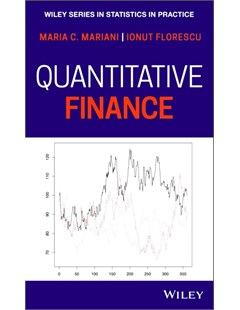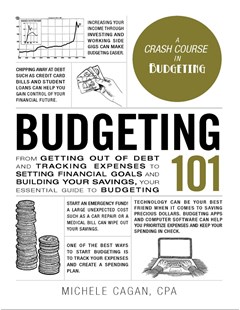Quantitative Finance
Quantitative Finance is an ideal textbook for upper-undergraduate and beginning graduate students in statistics, financial engineering, quantitative finance, and mathematical finance programs. It will also appeal to practitioners in the same fields.
2020
Quantitative finance focuses on the mathematical models used to price securities and measure risk. Financial engineering goes one step further to focus on applications and build tools that will implement the results of the models.
Presents a multitude of topics relevant to the quantitative finance community by combining the best of the theory with the usefulness of applications
Written by accomplished teachers and researchers in the field, this book presents quantitative finance theory through applications to specific practical problems and comes with accompanying coding techniques in R and MATLAB, and some generic pseudo-algorithms to modern finance. It also offers over 300 examples and exercises that are appropriate for the beginning student as well as the practitioner in the field.
The Quantitative Finance book is divided into four parts:
+ Part One begins by providing readers with the theoretical backdrop needed from probability and stochastic processes. We also present some useful finance concepts used throughout the book.
+ In part two of the book we present the classical Black-Scholes-Merton model in a uniquely accessible and understandable way. Implied volatility as well as local volatility surfaces are also discussed. Next, solutions to Partial Differential Equations (PDE), wavelets and Fourier transforms are presented. Several methodologies for pricing options namely, tree methods, finite difference method and Monte Carlo simulation methods are also discussed. We conclude this part with a discussion on stochastic differential equations (SDE’s).
+ In the third part of this book, several new and advanced models from current literature such as general Lvy processes, nonlinear PDE's for stochastic volatility models in a transaction fee market, PDE's in a jump-diffusion with stochastic volatility models and factor and copulas models are discussed.
+ In part four of the book, we conclude with a solid presentation of the typical topics in fixed income securities and derivatives. We discuss models for pricing bonds market, marketable securities, credit default swaps (CDS) and securitizations.
Maria C. Mariani, Ionut Florescu, Quantitative Finance, John Wiley & Sons, 2020.
 |  |  |
| Budgeting 101 From Getting Out of Debt and Tracking Expenses to Setting Financial Goals and Building Your Savings, Your Essential Guide to Budgeting | Principles of Corporate Finance |
Thứ Ba, 08:12 13/07/2021
Copyright © 2018 Hanoi University of Industry.